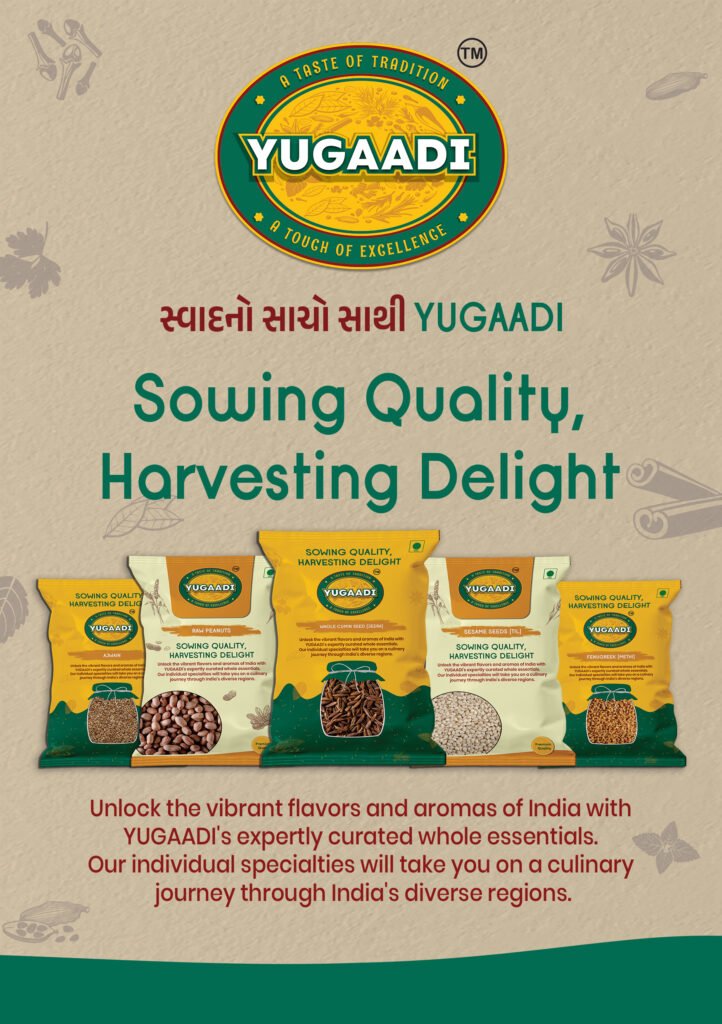Rajasthan’s Black Gold: The Unique Story of Cumin Seeds from the Desert Heartland
In the golden sands of Rajasthan, where survival is an art and agriculture a challenge, thrives a spice so potent and prized that locals lovingly call it “Black Gold.” This isn’t coal or oil, but cumin— those small, earthy seeds that are a staple in Indian kitchens and an essential export for the nation. But what makes Rajasthan’s cumin seeds stand apart from others grown in India or abroad? The answer lies in a mix of nature’s design,
traditional wisdom, and evolving innovation.
What truly distinguishes Rajasthani cumin is its high essential oil content. This oil is the soul of the spice, responsible for its sharp aroma and deep flavor. Tests have shown that cumin from Rajasthan often contains a higher percentage of volatile oil compared to cumin grown in other parts of India or internationally. The pungency and distinctive earthiness make it a favorite not just in Indian cuisine but also in Middle Eastern, North
African, and Latin American dishes.
The loamy to sandy soils of Rajasthan are naturally conducive to cumin. These soils retain just enough moisture to support growth while ensuring proper aeration for roots. Farmers in these regions often employ organic and low-input traditional farming methods, contributing to sustainability and enhancing the spice’s purity. The cumin grown here is typically free of heavy chemical residues—a feature increasingly valued in global markets.
Rajasthan’s arid climate, with its low humidity and high daytime temperatures, offers ideal conditions for cultivation. (Cuminum cumin Cumin cyminum) thrives in well-drained
sandy soils and requires a dry atmosphere during its growing and harvesting stages. The Thar Desert’s semi-arid regions, particularly in districts like Barmer, Jodhpur, provide and this Jalore, Nagaur, perfect climatic niche. The low moisture helps prevent
fungal diseases, ensuring a healthy, pest-free crop with stronger aroma and flavor.

Cumin is a major cash crop in Rajasthan. In recent years, with rising global demand, the spice has become a source of significant income for local farmers. India is the largest producer and exporter of cumin in the world, and Rajasthan contributes a sizable chunk to this figure. Government initiatives like GI (Geographical Indication) tagging and support for organic certification are further elevating its market potential.
